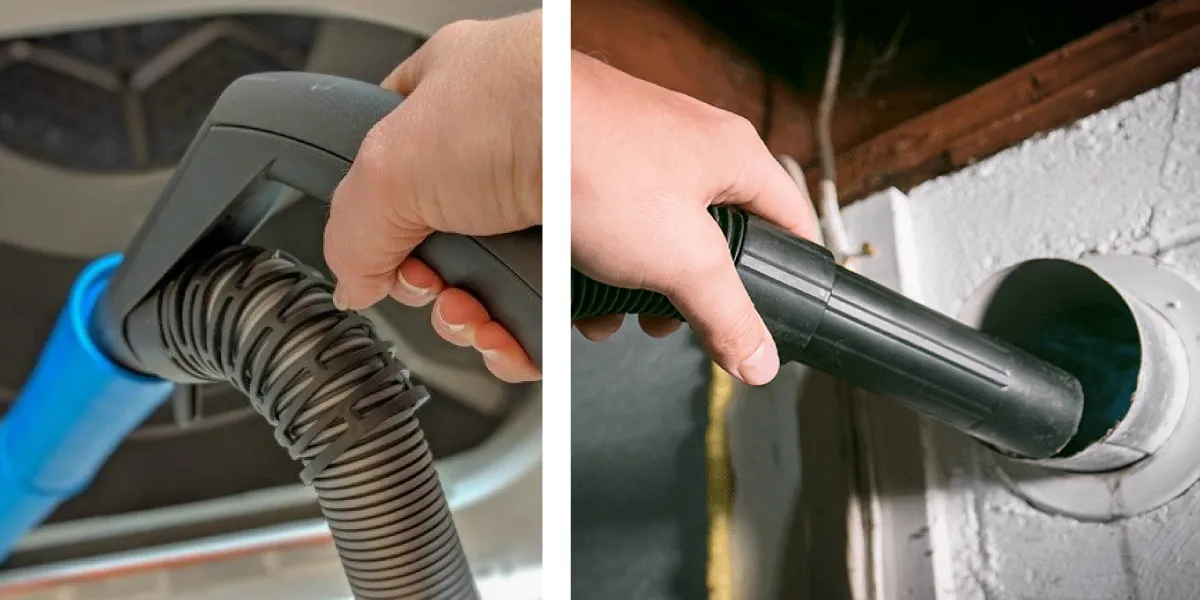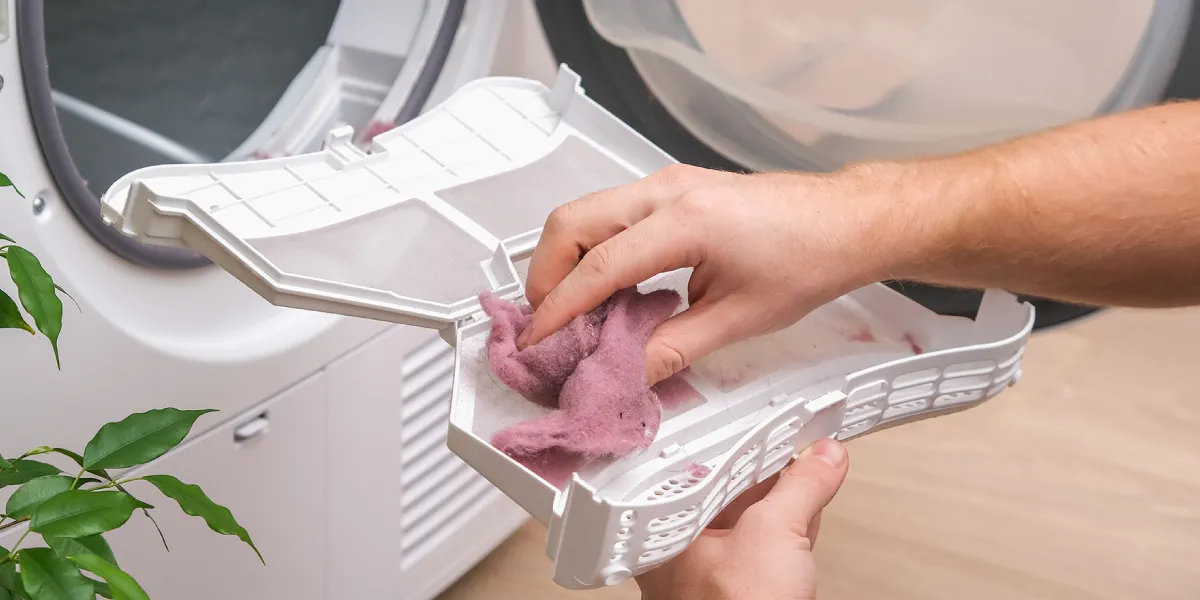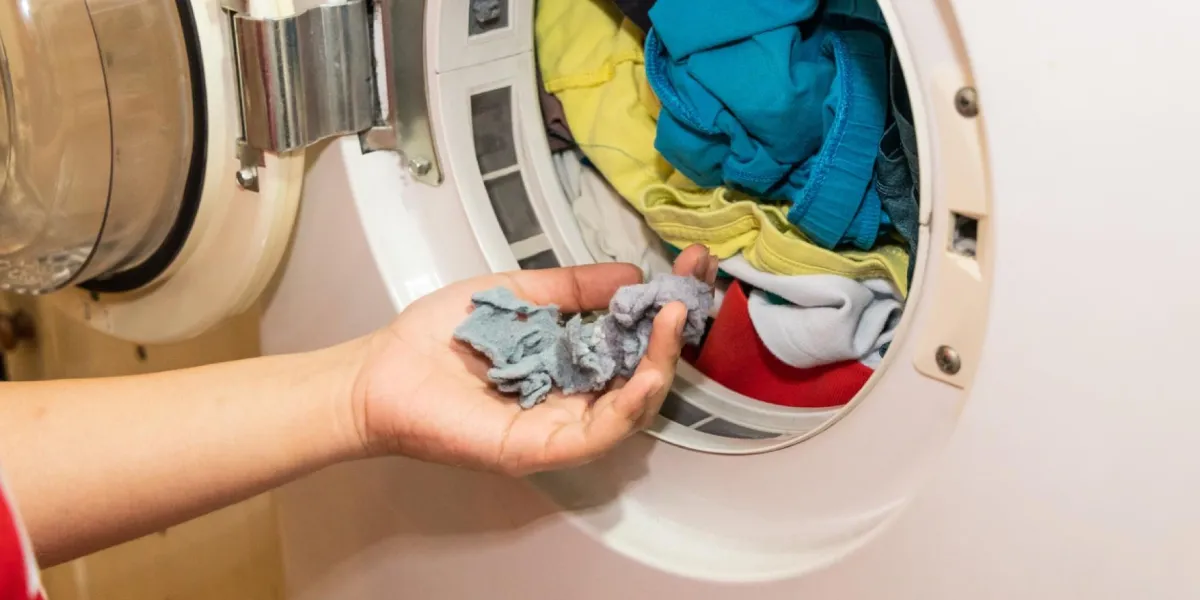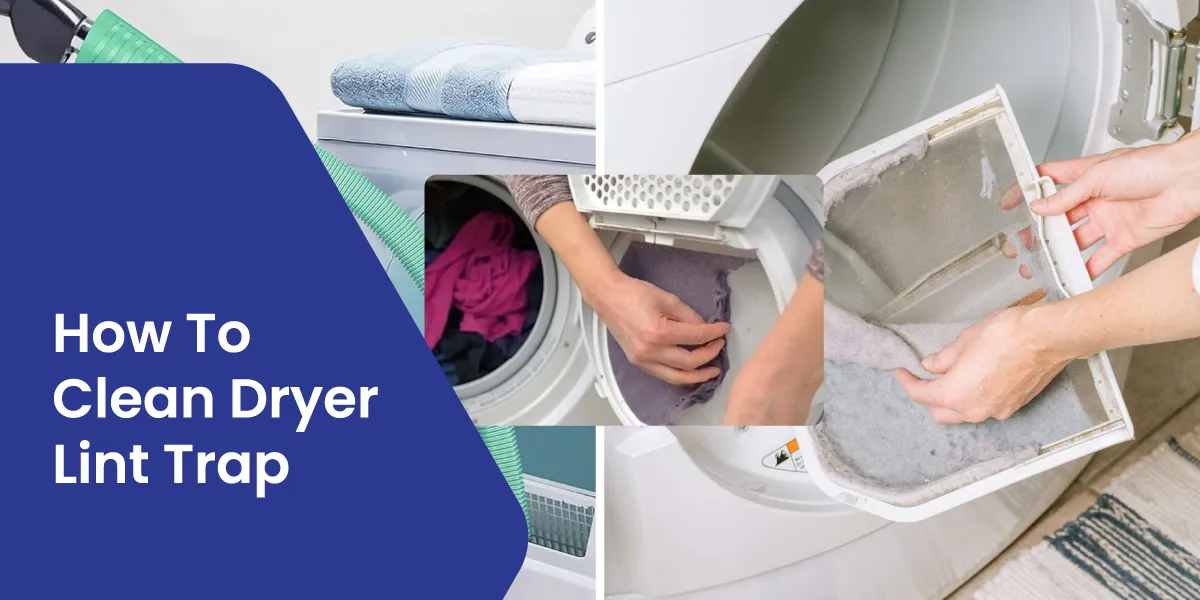Regular maintenance of your dryer is essential for its efficiency and safety, and one of the most critical tasks is cleaning the lint trap. The lint trap, located either on top of the dryer or inside the door, catches lint and fabric particles that could otherwise clog the exhaust hose and cause serious issues. Over time, these particles can build up and restrict airflow, leading to longer drying times, increased energy bills, and even pose a fire hazard. By learning how to clean your dryer lint trap effectively, you can ensure your dryer operates smoothly, reduce energy consumption, and prevent potential dangers. Here’s a step-by-step guide to help you clean your dryer lint trap efficiently.
Cleaning your dryer lint trap is a crucial maintenance task that ensures your dryer operates efficiently and safely. Here’s a summary of how often you should clean your dryer lint trap:
After Every Load: Clean the lint trap after every use to prevent lint buildup and ensure proper airflow. This simple habit helps reduce drying times, saves energy, and minimizes the risk of fire hazards.
Deep Cleaning: Perform a deeper clean on the lint trap and slot approximately every 6 months, especially if your dryer isn’t drying clothes properly. Use a nylon brush, detergent, and water to remove any residue from fabric softeners or stuck-on lint.
Dryer Vent Cleaning: Clean your dryer vent at least once a year to prevent lint buildup and maintain efficiency. If you have a large family, pets, or wash a lot of bedding, you may need to clean the vent more frequently.
What are the best tools to use for cleaning a dryer lint trap?

Cleaning a dryer lint trap requires a few specific tools to ensure thorough removal of lint and residue. Here are the best tools to use:
Vacuum with Crevice Attachment: A vacuum with a crevice attachment is essential for cleaning inside the lint trap slot and removing loose lint. This tool helps reach into narrow spaces and ensures proper airflow.
Nylon Brush: A nylon brush is useful for cleaning the lint screen, especially when removing residue from fabric softeners and laundry detergents. Use hot water and liquid detergent to scrub both sides of the lint screen.
Flexible Crevice Tool: A flexible crevice tool can be used to clean hard-to-reach areas in the lint trap slot. This tool is particularly helpful for removing clumps of lint that a standard crevice attachment cannot reach.
Dryer Vent Cleaning Kit: A dryer vent cleaning kit is necessary for cleaning the dryer vent and duct. These kits usually include a flexible brush and vacuum hose attachment to remove lint and debris from the vent.
Microfiber Cloth: A microfiber cloth can be used to clean the moisture sensors and other areas where lint may accumulate. Dampen the cloth with soapy water to clean these areas effectively.
Can I use a regular brush to clean my dryer lint trap?

While it might seem convenient to use a regular brush to clean your dryer lint trap, it’s not the best option. Here’s why:
Nylon Brush Recommended:
Most sources recommend using a nylon laundry brush specifically designed for cleaning dryer lint traps. These brushes are gentle on the lint screen and effective at removing residue and stuck-on lint.
Avoid Damage:
Using a regular brush could potentially damage the lint screen, especially if it’s made of a material that can scratch or tear easily. A nylon brush is softer and less likely to cause damage, ensuring the lint screen remains intact and functional.
Efficiency and Safety:
A nylon brush is also more effective at removing residue and lint, which is crucial for maintaining proper airflow and preventing fire hazards. Regular cleaning with the right tools helps ensure your dryer operates efficiently and safely.
How does cleaning the lint trap affect my dryer’s performance?

Cleaning the lint trap has a significant impact on your dryer’s performance. Here are the key benefits:
Efficient Drying: A clean lint trap ensures proper airflow, which is necessary for drying clothes in a single cycle. Clogged lint traps can lead to longer drying times and increased energy bills.
Reduced Energy Bills: Cleaning the lint trap helps reduce energy consumption by allowing the dryer to operate more efficiently. A clogged lint trap forces the dryer to work harder, leading to higher energy bills.
Prolonged Dryer Life: Regular cleaning of the lint trap helps prolong the life of the dryer by reducing wear and tear on the machine. A clean lint trap prevents the dryer from overheating, which can lead to premature failure of the heating element.
Fire Hazard Prevention: Cleaning the lint trap reduces the risk of fire hazards by removing flammable lint and debris. Accumulated lint can cause fires, especially if the dryer overheats or malfunctions.
Proper Airflow: Cleaning the lint trap ensures that the dryer vent remains clear, allowing for proper airflow and efficient drying.Clogged vents can lead to slower drying times and increased energy bills.
Summary
Cleaning your dryer lint trap is crucial for maintaining your dryer’s efficiency and safety. To do this, start by removing the lint screen and disposing of any visible lint. Next, use a nylon brush and detergent to clean any residue that may have built up on the screen. Then, use a vacuum with a crevice attachment to clean inside the lint trap opening, ensuring thorough removal of lint and debris. Finally, reassemble the lint trap and repeat this process after every load, with a deeper clean every 6 months or as needed. By following these simple steps, you can keep your dryer lint trap clean, maintain your dryer’s efficiency, and reduce the risk of fire hazards. If you’re unsure about the cleaning process or prefer professional assistance, consider hiring an experienced technician to ensure a thorough job.


